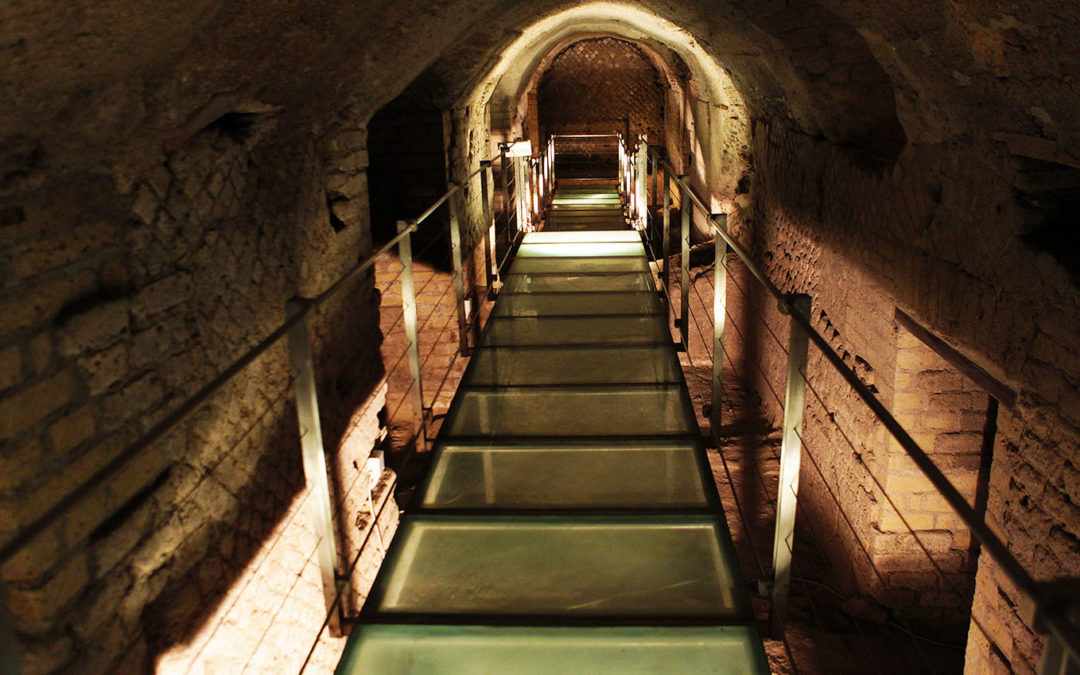The little promontory rounded by the sea, before being the Rione Terra, was the Acropolis of the “colony by Roman law” called Puteoli. For the Romans the word Acropolis meant something closer to our modern definition of city or management center, instead of the Greek meaning, more close to the religious aspect. The centuriazione, or the distribution of the lands to the colonists, can be done between the Solfatara area and the Gauro mount – according to the naturalistic expert Charles Dubois. This means that this ones were probably the borders of ancient Puteoli.
Saint Jerome, lived between the 347 and the 415 a.D. is the only source talking about a Greek colony in the Gulf of Pozzuoli, but in the territory was never found a trail of housing structures or Necropolis dating back to the 538 b.C., year of the estimated constitution.
Archaeological trails and written sources report the constitution in the last decades of III century b.C., but it is sure to register the existence of the people of Pozzuoli starting from the Roman colony in 194 b.C.
A visit to Rione Terra is essential for who wants to know the urban structures of the colony, and throughout a fascinating itinerary catch life moments of its citizens. The streets, the millstone, the taberna, the brothel, a noble place of worship stunning for its frescoes, and finally the Temple/Duomo.
Temple of Puteoli, considered the materials used to erect the podium, the perfect proportions among the architectural components and his marmoreal beauty, is the House of Gods described by the great roman architect Vitruvius, unique visible example in the world. At the same time it is possible to see the impressive complexity of the domus, the house of the bishop and the cathedral, place of catholic worship. The itinerary offers also a Medieval glimpse.
Entrance: Free after booking
Only open on Saturday and Sunday from 10 AM to 5 PM

